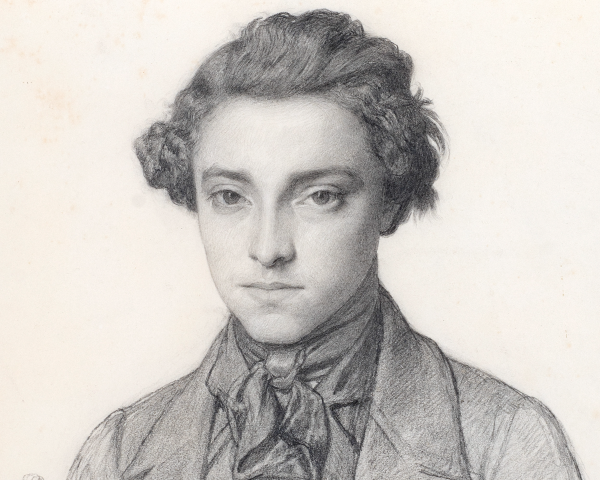
Since the Renaissance, the artist has become in European culture a symbol of human genius and creativity, gradually replacing in preeminence the philosopher and the poet. The way the artist is portrayed — by themselves or by their peers — has therefore, over the centuries, constituted an essential statement about their role in society and their place in creative history.
Picturing the Artist brings together a selection of works on canvas and on paper ranging from the seventeenth to the twentieth centuries. This display, beyond highlighting the ever-constant theme of identity in art, will show how the boundaries between artist and artwork have been blurred to reach new creative heights.
The earliest work to be featured is a painting by Cecco del Caravaggio, the young muse of Caravaggio, which has been identified as a possible self-portrait by specialists. Amongst the most notable nineteenth-century works are self-portraits dated the same year, 1844, by Eugène Damery and Charles Verlat. Twentieth-century works on display include depictions of two artists as the muses and life partners of artists Henri Matisse and Ignaz Epper, as well as a powerful youthful self-portrait by Max Höser.